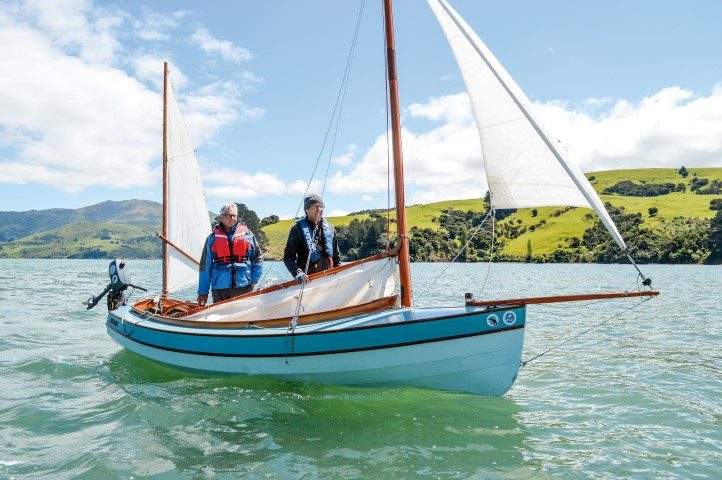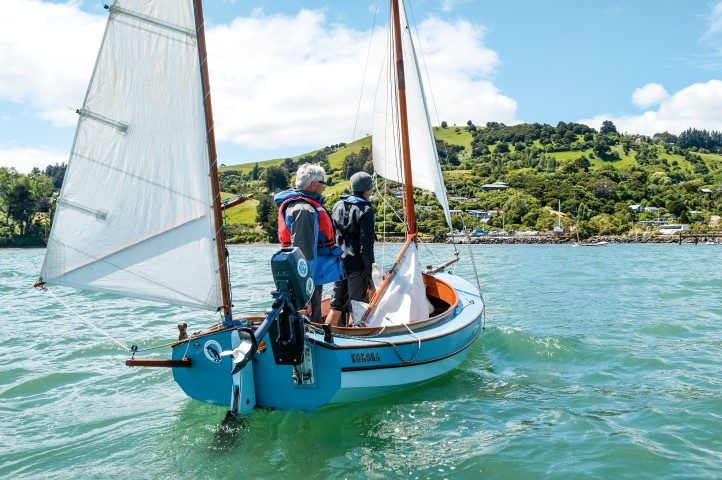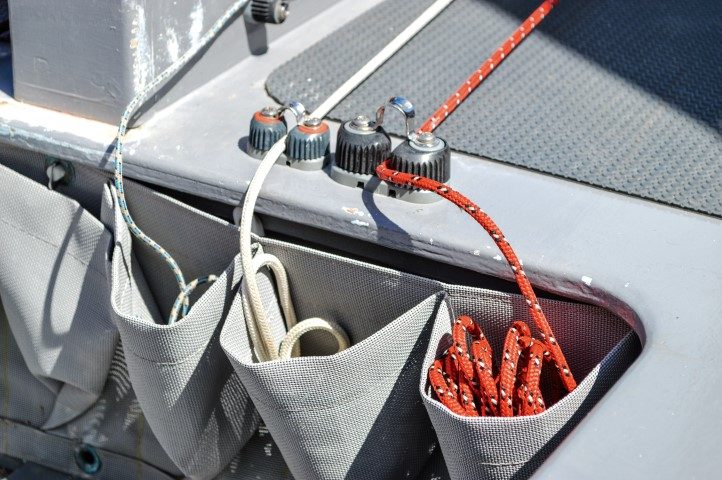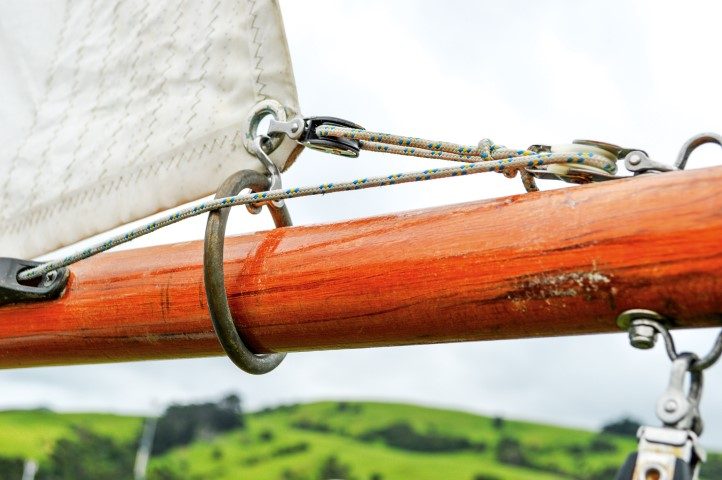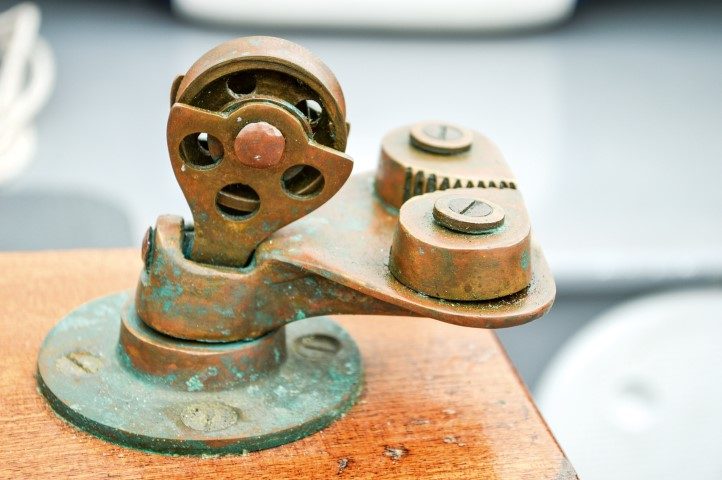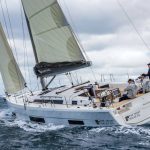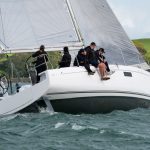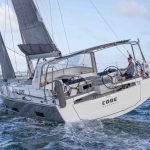‘Behemoth’ is a word which springs to mind or, perhaps more nautically, ‘leviathan’.
- Roomy boat
- Good load carrier
- Gunter rig versatile and easily managed
- Relaxed sailing
- Plenty of stowage space
- Fits in a single garage
- Comprehensive plans, easy to build
- Low centre of effort

